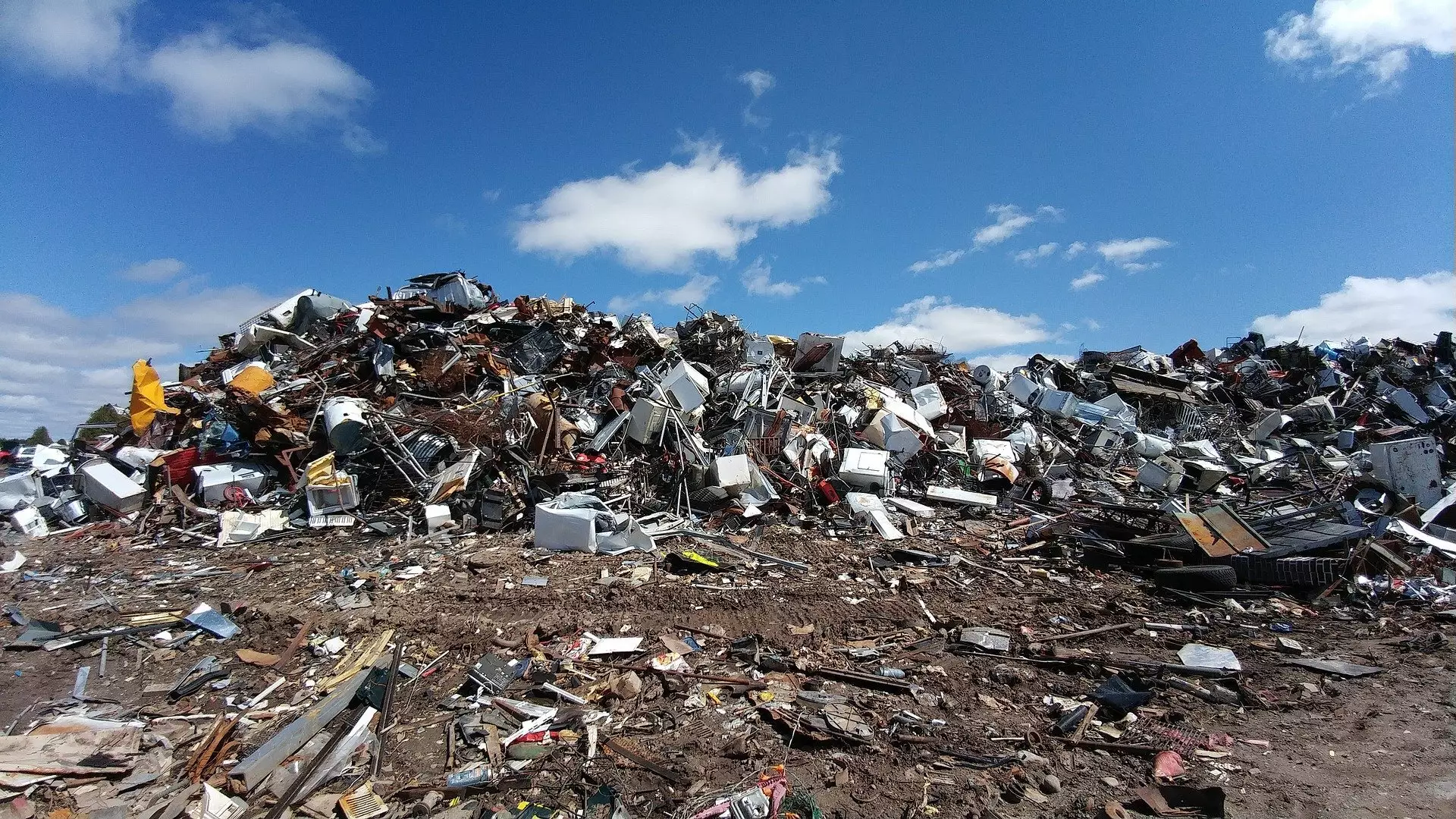The recent data released by the Global Carbon Project paints a concerning picture of the current state of methane emissions worldwide. Despite international efforts to curb methane emissions by 30% in the next decade, the reality is far from promising. In fact, the research shows that over the past five years, global methane emissions have been on the rise at an alarming rate, surpassing the previous growth trends. This trend is a cause for concern as it puts the world on a path towards catastrophic levels of global warming.
Methane, a potent greenhouse gas, is significantly more effective at trapping heat in the atmosphere compared to carbon dioxide, especially in the short term. Sources of methane emissions range from natural, such as wetlands, to anthropogenic, including agriculture, fossil fuel production, and landfills. The rapid increase in methane emissions is primarily driven by sectors like coal mining, oil and gas production, livestock farming, and waste decomposition, which have seen significant growth in recent years.
The analysis of methane emissions on a global scale reveals some concerning trends. Only the European Union and possibly Australia have managed to reduce methane emissions from human activities over the past two decades. On the other hand, countries like China and southeast Asia have experienced the largest increases in methane emissions in recent years. In 2020, human activities accounted for a significant portion of global methane emissions, with agriculture and waste being major contributors to the problem.
The Role of COVID-19 Lockdowns
The COVID-19 pandemic had some unforeseen effects on global methane emissions. While lockdowns resulted in a temporary reduction in transport-related emissions of nitrogen oxides, which indirectly led to a decrease in methane accumulation in the atmosphere, the overall impact on methane emissions remains unclear. The pandemic altered various aspects of human activity, from fossil fuel consumption to emissions of other gases that interact with methane in the atmosphere, highlighting the complex relationship between air quality and climate change.
One significant change in the recent analysis of methane emissions is the reevaluation of sources and “sinks” of methane, particularly those related to human activities. While natural sources like wetlands were previously considered the primary emitters of methane, the new data suggest that human influences on ecosystems play a significant role in methane emissions. For example, reservoirs created by humans have been found to release substantial amounts of methane due to decomposing organic matter, highlighting the need for a more comprehensive approach to tracking methane sources.
The growing crisis of methane emissions poses a significant threat to global climate targets and the overall health of our planet. Urgent action is needed to address the sources of methane emissions and work towards a sustainable future for all. It is crucial for policymakers, businesses, and individuals to take responsibility for their contributions to methane emissions and work together to combat this pressing environmental issue.


Leave a Reply